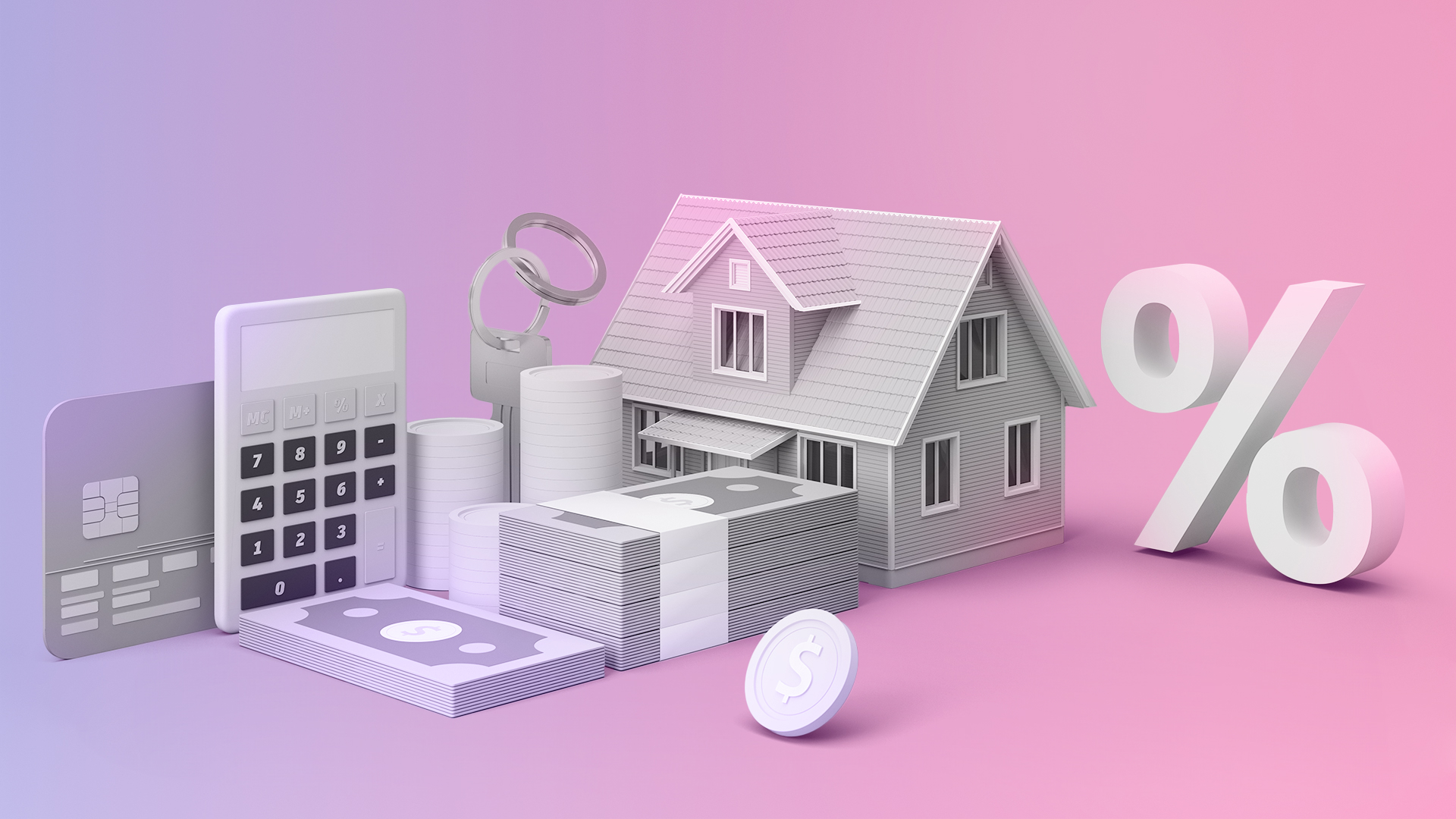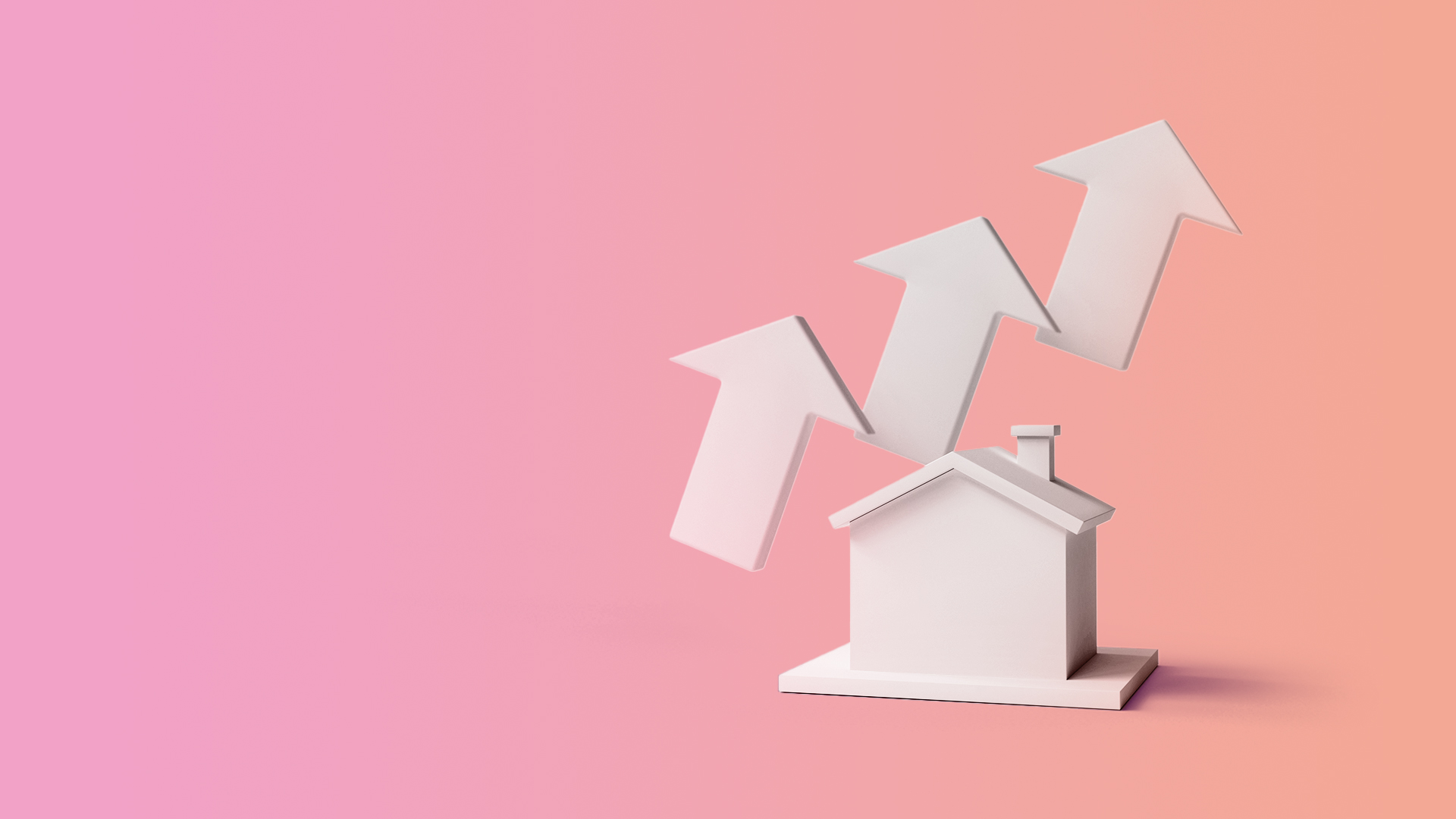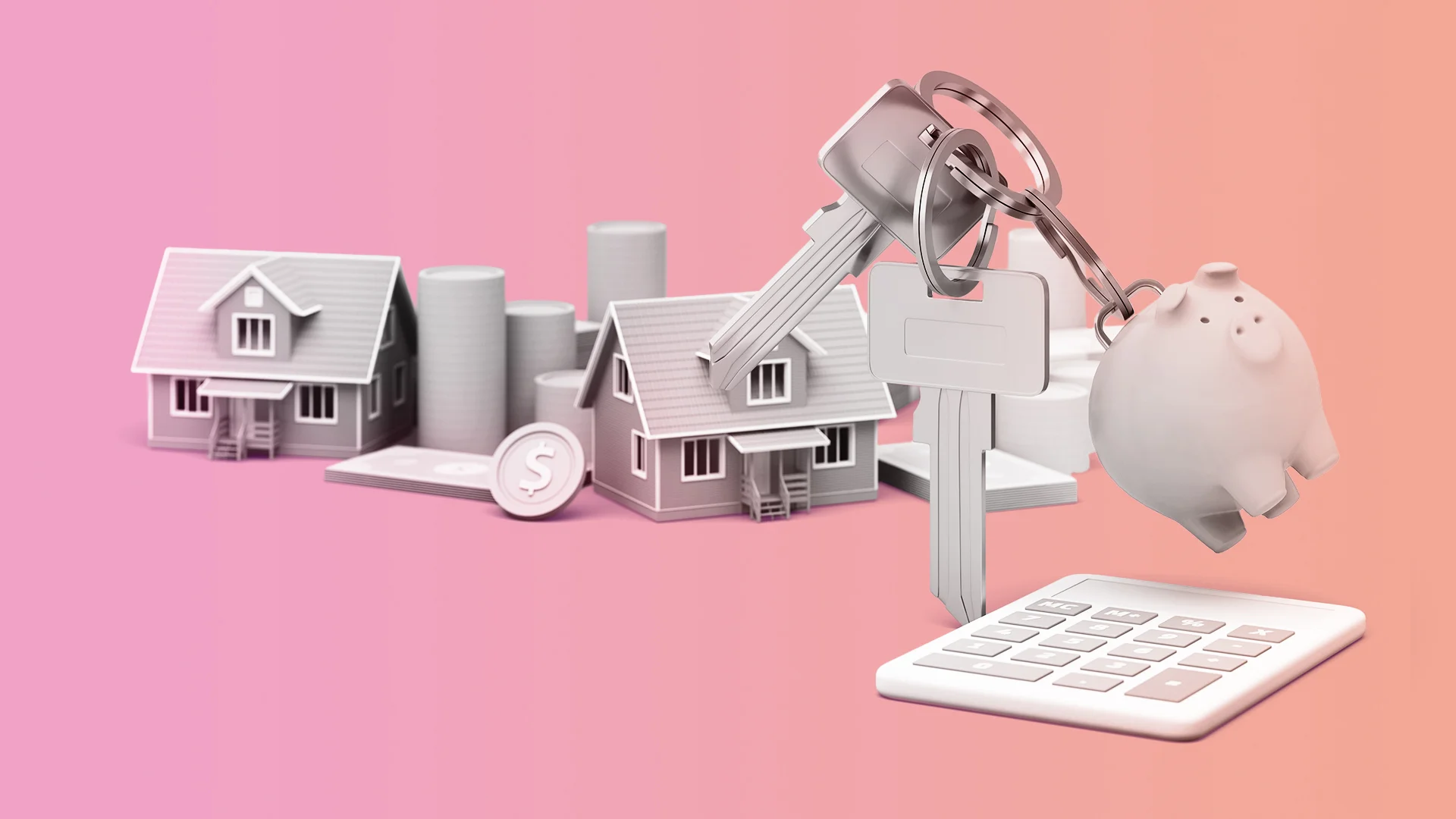What Is a Credit Check?
When applying for a home loan, a lender will do what’s called a credit check. Here’s what you can expect.
A credit check is when a lender looks into your credit history to review your credit scores, to decide whether to approve your home loan.
When a credit check takes place
A credit check happens during the home loan application process – with the applicant's consent, of cause. The check is done in real-time through a credit bureau, which gives the lender a credit report on the home loan applicant.
What's a credit bureau?
A credit bureau collects any personal and financial information regarding the applicant’s credit history, on behalf of a lender.
What’s more, under the Comprehensive Credit Reporting laws, all Australian lenders are required to send updated information about their customers' repayment history to credit bureaus each month.
There are three main credit reporting agencies in Australia: Equifax, Illion and Experian.
What's in a credit report?
Along with personal information like your name, date of birth, address, and driver's licence number, credit reports include a detailed history of your financials, under specific categories.
Credit products
This will show details from the last two years, like:
- Types of credit products (such as credit card, store card, home loan, personal loan, business loan).
- Credit providers
- Credit limits
- Opening and closing dates of the accounts
- Joint applicant's name, if any
Repayment history
This will show information on credit products you've held over the last two years, like:
- Repayment amount
- When loan repayments were due
- How often you paid and if you paid by the due date
- Missed payments – not made within 14 days of the due date – and if and when they were paid
Credit applications
This will show details on credit you may have previously applied for, like:
- Number of applications you’ve made
- Total amount of credit you’ve borrowed
- Any loans you’ve guaranteed
Credit report requests
This will show any requests for your credit report, made by other credit providers.
Bankruptcy and debt agreements
This will show bankruptcies or debt agreements, court judgments, or personal insolvency agreements made in your name.
Defaults on utility bills, credit cards and loans
This will show any reports made by your service providers of non-repayments – called a 'default' – to a credit reporting body.
A default can be reported if:
- The amount owed is $150 or more
- Your service provider can't contact you – called a clear out
- 60 days or more have passed since the due date
- The service provider has asked you to pay the debt either by phone or in writing
A default stays on your credit report for five years, or seven years in the case of a clear out.
Please note, if you eventually pay the debt your credit report will still list the default but will also show you've paid.
Can you view your own credit report?
Yes. For free access to your credit report, you can go through providers like CreditSavvy, Credit Simple or Canstar.
This article is intended to provide general information only. It does not have regard to the financial situation or needs of any reader and must not be relied upon as financial product advice. Please consider seeking financial advice before making any decision based on this information.





















































